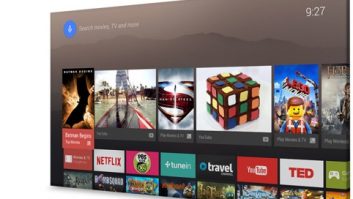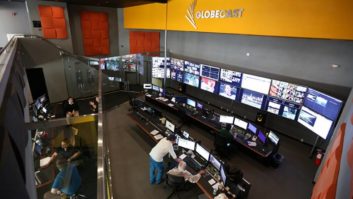The delivery of TV is changing, and with it new networks and platforms have been developed to address this change. Despite the great attention paid to IP delivery, the vast majority of TV viewing takes place using linear broadcast TV. When fibre networks are prevalent in the delivery of content to homes, we may see most delivery and consumption over IP networks.
But until fully economic IP delivery becomes the norm, we need to take advantage of the complementary nature of the broadcast and connected technologies available to us to provide a rich selection of content for customers. To do that we need to ensure that the content, platform and network infrastructures can be paid for and profitable.
S&T believes that paid-for content is pivotal in this respect. Sponsorship and advertising revenue are simply not sufficient given the ever-increasing demands on advertising spending.
S&T has pursued this hybrid line of thinking for a few years. Our team participated in the work that led to the ETSI standards for the MHEG interaction channel and the UK now has, after a few years of development and testing, a platform for hybrid TV that is an extension of the well-established MHEG standard which UK consumers use successfully every day.
With this we can deliver both linear and VoD content, both free, and, with suitable systems in the background, pay TV. The number of connected receivers that conform to these standards is now in the millions and growing. Our offerings, including our VuTV pay service, are on show at IBC in Hall 1.
Our efforts do not begin and end with MHEG. Along with many others in the industry, we have been working on the development of standards that can extend and eventually replace what we do now and take advantage of the convergence of TV with internet standards and the increased power and versatility built into modern TV sets.
There are a few standards that have emerged as key to this next generation of technology; HTML-5 with JavaScript for the UI, which brings web technology and authoring skills to the TV; and MPEG DASH for transmission and DRM systems for pay services. All of these come together in HbbTV 2.0, the next generation of Hybrid Broadcast Broadband TV, which we hope to see deployed in the UK through the Freeview Connected project – and which we believe is the right standard for very wide deployment in the next generation of platforms that fully accommodate hybrid broadcast and IP.
In this field, we note that a very large number of websites are built using easy-to-use tool sets rather than laborious constructions of customised applications. So will it be with Hybrid TV.
With this in mind, we have recently acquired the business and technology of OnScreen Publishing to which we will add pay TV capability. In addition, the tools that we are continuing to develop and integrate with our established carousel products will enable easy deployment of TV applications in HbbTV and similar environments and are on show on our stand.







